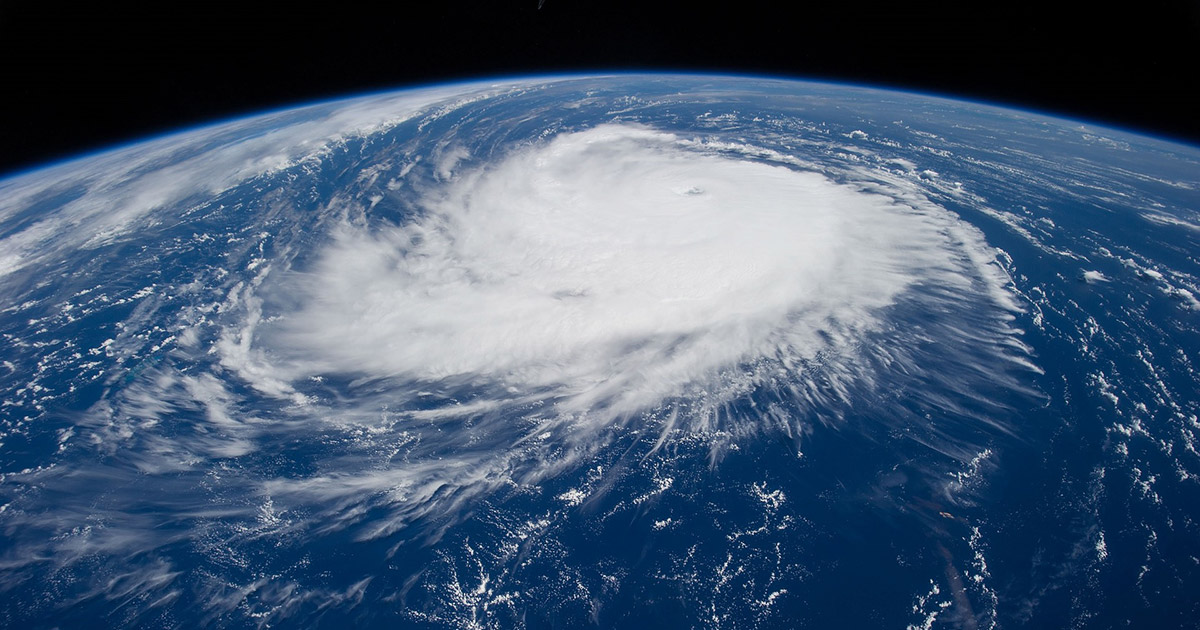
The 2018 hurricane season ended up slightly above average – more active than was predicted by the CSU Tropical Meteorology Project forecast team’s later updates issued in June, July and August. Of most note during the 2018 Atlantic hurricane season were Hurricanes Florence and Michael, which brought death and destruction to the Carolinas and Florida Panhandle and other parts of the southeastern United States, respectively.
“The 2018 Atlantic hurricane season was above-average for numbers of named storms and hurricanes, and near-normal for the number of major (Category 3+ on the Saffir-Simpson Scale) hurricanes. Overall, our first seasonal forecast issued in early April verified quite well, while updates issued in June, July and August underestimated Atlantic hurricane activity,” said Phil Klotzbach, lead author of the forecast. Seasonal Accumulated Cyclone Energy (ACE) was approximately 140 percent of the 1981-2010 median. Much of the activity that occurred during the season occurred outside of the tropics. Six of the 15 named storms that formed in 2018 were initially classified as sub-tropical.
The report summarizes all tropical cyclone activity in the Atlantic basin during the 2018 hurricane season and compares the team’s seasonal and two-week forecasts to what occurred.
Active season
The season was more active than would have been expected given large-scale climate factors that were present. While El Niño did not develop, vertical wind shear in the Caribbean was much stronger than normal. Typically, when vertical wind shear is above normal in the Caribbean, it tends to inhibit formation of hurricanes throughout the tropical Atlantic. In 2018, the Caribbean was very quiet for hurricane activity, but the eastern and central tropical Atlantic were quite active.
The tropical Atlantic was cooler than normal during the peak of the hurricane season. Anomalously cool sea surface temperatures tend to inhibit Atlantic hurricane formation through several mechanisms. Cool sea surface temperatures provide less fuel for developing tropical cyclones. They also tend to be associated with higher pressure and drier mid-level air, which also suppress hurricane activity.
CSU’s initial forecast for the 2018 season was issued on April 5 and predicted slightly above-average hurricane activity, due to a slightly warmer than normal tropical Atlantic and an anticipated lack of El Niño development. Seasonal outlooks issued in June, July and August were reduced, primarily due to anomalously cooling in the tropical Atlantic.
In the first forecast issued on April 5, the team called for 14 named storms, seven hurricanes and three major hurricanes. The CSU team reduced its forecast on May 31 and called for 14 named storms, six hurricanes and two major hurricanes. The July 2 and Aug. 2 updates called for below-normal activity. The July 2 outlook predicted 11 named storms, 4 hurricanes and 1 major hurricane, while the Aug. 2 outlook called for 12 named storms, 5 hurricanes and 1 major hurricane. Observed activity was 15 named storms, eight hurricanes and two major hurricanes. Above-average ACE of 130 was predicted on April 5, decreasing to 90 on June 1, 60 on July 5 and 64 on Aug. 2. Observed ACE was 129. The 1981-2010 median Atlantic ACE was 92.
60 years of historical data
The team bases its annual forecasts on 60 years of historical data and includes factors such as Atlantic sea surface temperatures and sea level pressures, levels of vertical wind shear (the change in wind direction and speed with height), El Niño (an anomalous warming of waters in the central and eastern tropical Pacific) and other factors. While these forecast factors generally work well and explain approximately 50-60 percent of the year to year hurricane variability in these 60 years of historical data, there remains 40-50 percent of this variability which is not explained.
Hurricane statistics for 2018 contained in the report include:
- No Atlantic named storm formations in August 2018 south of 30°N. This is the first time that this has occurred since 1997.
- 5 Atlantic named storms formed between September 1-12 – tied with 1988 for the most Atlantic named storms on record to form between those two dates.
- Hurricane Florence broke statewide rainfall records from a tropical cyclone for both North and South Carolina. The new record for North Carolina is 35.93 inches while the old record was 24.06 inches from Hurricane Floyd in 1999. The new record for South Carolina is 23.63 inches while the old record was 18.51” from Tropical Storm Jerry in 1995.
- Hurricane Michael was the first Category 4 hurricane to make landfall in the Florida Panhandle on record.
- Hurricane Michael’s landfall pressure of 919 mb was the third lowest for a continental US landfall on record, trailing only the Labor Day Hurricane of 1935 (892 mb at landfall) and Hurricane Camille of 1969 (900 mb at landfall).
The TMP has attributed the upturn in major hurricane activity since 1995 as well as the earlier increase in major hurricane activity from the late 1940s through the mid-1960s to natural multi-decadal variability in the strength of the Atlantic Multidecadal Oscillation (AMO). A concomitant increase in several favorable hurricane-enhancing parameters occur in the tropical Atlantic during the positive phase of this oscillation – while these same parameters tend to suppress hurricanes during the negative phase of this oscillation. There is some question as to whether the Atlantic was moving into an inactive era for storms, given the very quiet seasons of 2013-2015 that occurred. However, the past three seasons have thrown this question in doubt, as all three seasons had above-average activity, with 2017 most notably being an extremely active season.
The Tropical Meteorology Project was founded by the late William Gray, a professor in the Department of Atmospheric Science. Tropical Meteorology Project researchers have been issuing forecasts for the past 35 years.
A brief qualitative outlook for the 2019 hurricane season will be issued on Thursday, Dec. 13, with a first full forecast issued in early April 2019.